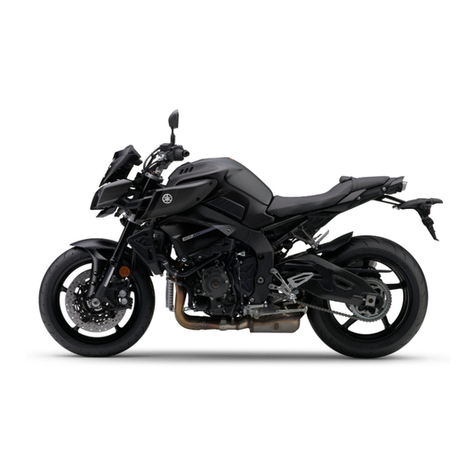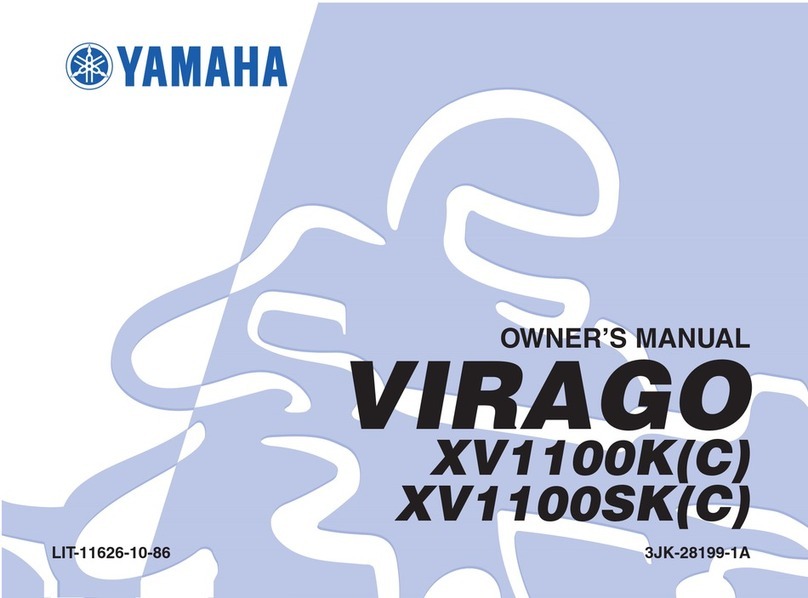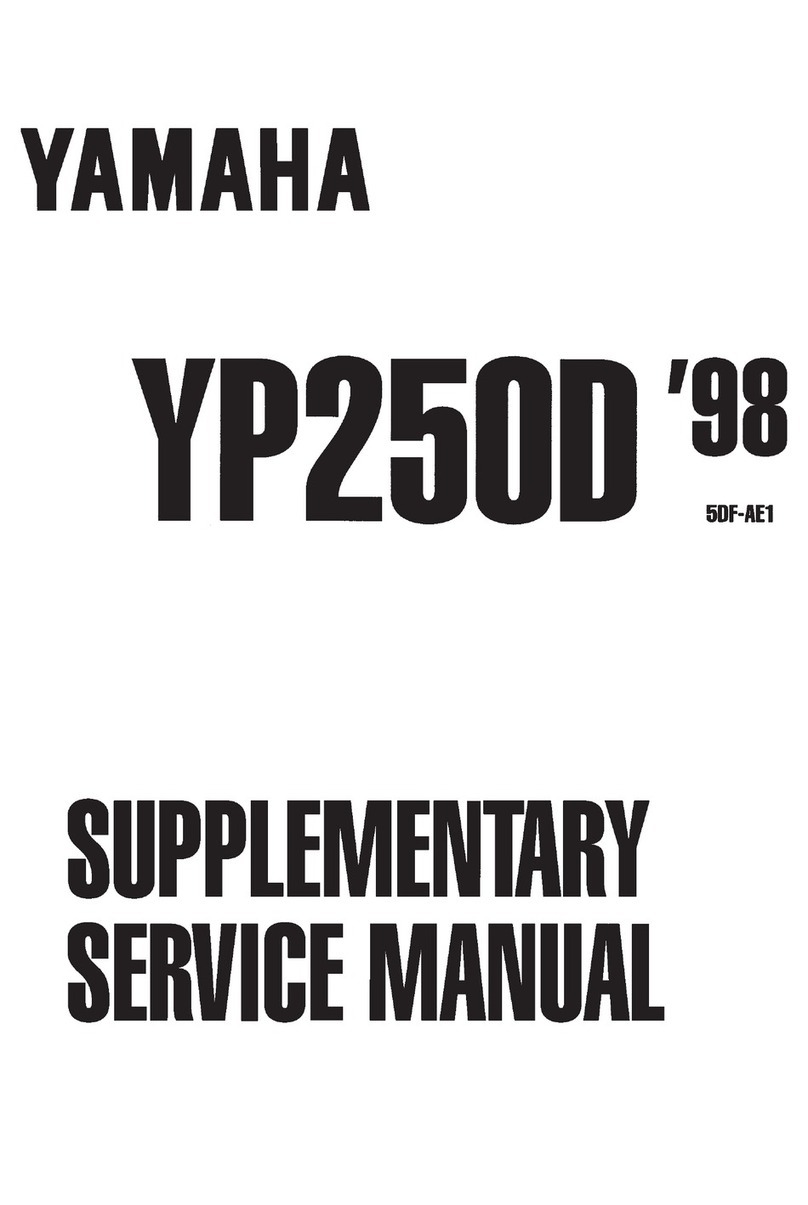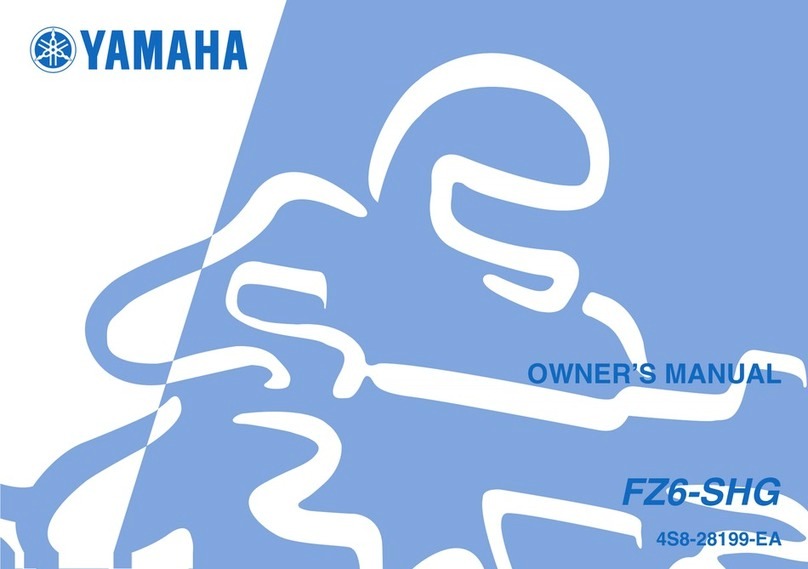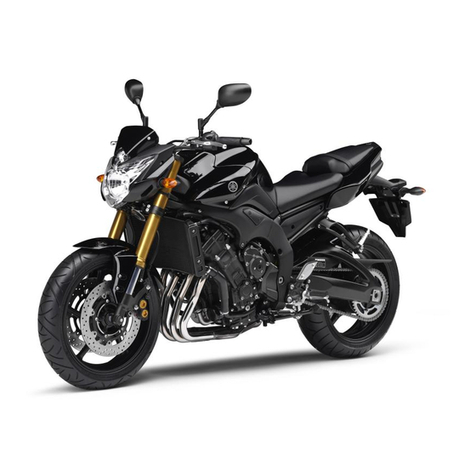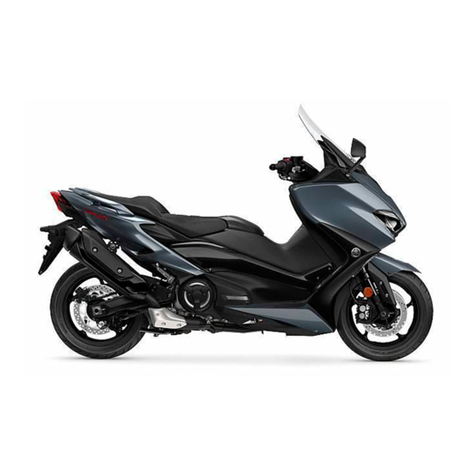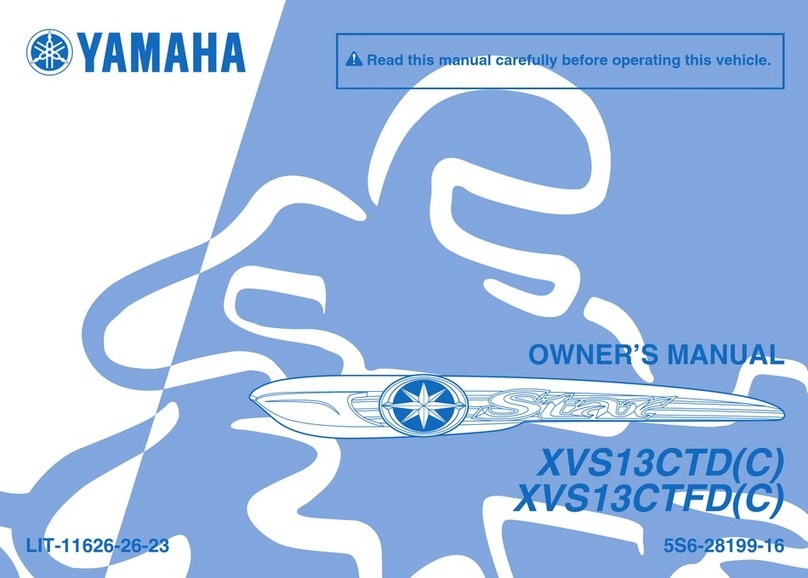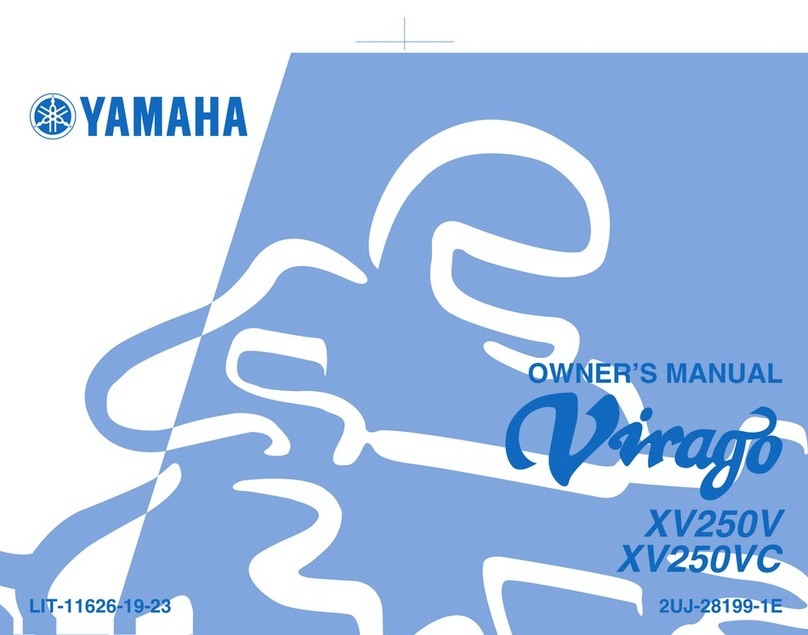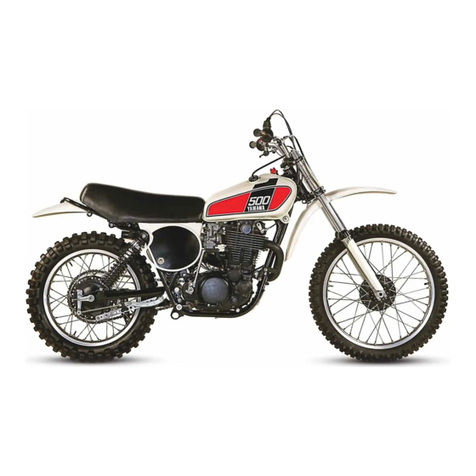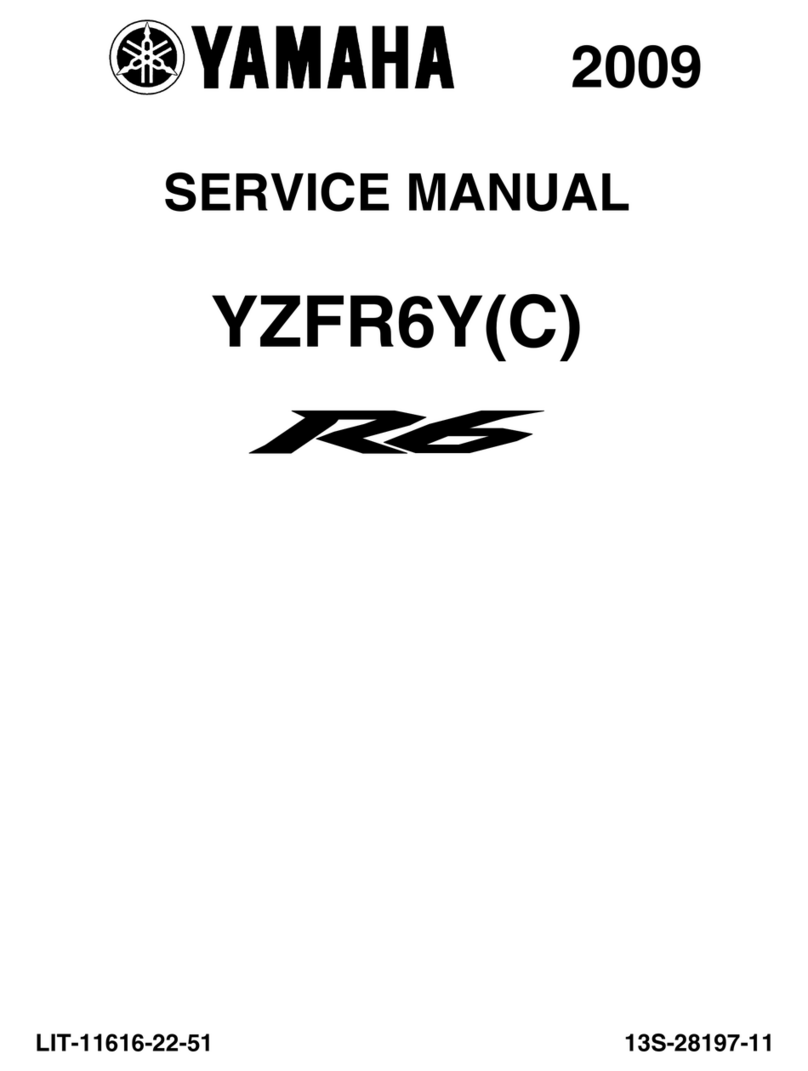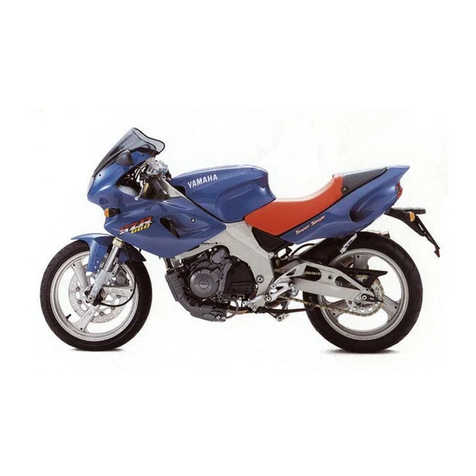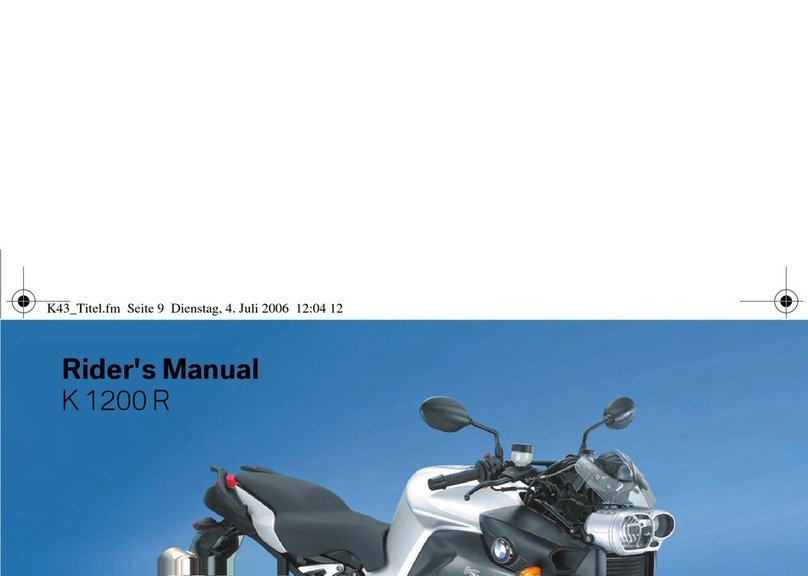
TT
TT
TABLE OF CONTENTSABLE OF CONTENTS
ABLE OF CONTENTSABLE OF CONTENTS
ABLE OF CONTENTS
SAFETYSAFETY
SAFETYSAFETY
SAFETY INFORMAINFORMA
INFORMAINFORMA
INFORMATIONTION
TIONTION
TION ........................................
........................................
.................... 1-11-1
1-11-1
1-1
Location of important labels ............ 1-6
DESCRIPTIONDESCRIPTION
DESCRIPTIONDESCRIPTION
DESCRIPTION ......................................................................
......................................................................
................................... 2-12-1
2-12-1
2-1
Left view........................................... 2-1
Right view ........................................ 2-2
Controls and instruments ................ 2-3
INSTRUMENTINSTRUMENT
INSTRUMENTINSTRUMENT
INSTRUMENT AND CONTROLAND CONTROL
AND CONTROLAND CONTROL
AND CONTROL
FUNCTIONFUNCTION
FUNCTIONFUNCTION
FUNCTION ..................................................................................
..................................................................................
......................................... 3-13-1
3-13-1
3-1
Main switch ...................................... 3-1
Handlebar switches ......................... 3-1
Clutch lever ...................................... 3-2
Shift pedal ........................................ 3-2
Brake lever ...................................... 3-2
Brake pedal ..................................... 3-3
Fuel tank cap ................................... 3-3
Fuel .................................................. 3-3
Fuel tank breather hose .................. 3-5
Fuel cock ......................................... 3-5
Starter (choke) knob ........................ 3-6
Seat ................................................. 3-6
Adjusting the shock absorber
assembly ...................................... 3-7
Starting circuit cut-off system .......... 3-8
PRE-OPERAPRE-OPERA
PRE-OPERAPRE-OPERA
PRE-OPERATION CHECKSTION CHECKS
TION CHECKSTION CHECKS
TION CHECKS ............................
............................
.............. 4-14-1
4-14-1
4-1
Pre-operation check list ................... 4-1
OPERAOPERA
OPERAOPERA
OPERATION AND IMPORTION AND IMPOR
TION AND IMPORTION AND IMPOR
TION AND IMPORTT
TT
TANTANT
ANTANT
ANT RIDINGRIDING
RIDINGRIDING
RIDING
POINTSPOINTS
POINTSPOINTS
POINTS ............................................................................................
............................................................................................
.............................................. 5-15-1
5-15-1
5-1
Starting and warming up a cold
engine .......................................... 5-1
Starting a warm engine .................... 5-2
Shifting ............................................. 5-2
Engine break-in ............................... 5-3
Parking ............................................ 5-4
PERIODIC MAINTENANCE ANDPERIODIC MAINTENANCE AND
PERIODIC MAINTENANCE ANDPERIODIC MAINTENANCE AND
PERIODIC MAINTENANCE AND
MINOR REPMINOR REP
MINOR REPMINOR REP
MINOR REPAIRAIR
AIRAIR
AIR ..................................................................
..................................................................
................................. 6-16-1
6-16-1
6-1
Periodic maintenance chart for
theemission control system.......... 6-2
General maintenance
and lubrication chart .................... 6-3
Removing and installing the
panels .......................................... 6-6
Checking the spark plug .................. 6-7
Engine oil and oil filter element ....... 6-8
Cleaning the air filter element ....... 6-11
Cleaning the spark arrester ........... 6-13
Adjusting the carburetor ................ 6-14
Adjusting the throttle cable
free play .................................... 6-14
Adjusting the valve clearance........ 6-14
Tires ............................................... 6-15
Spoke wheels ................................ 6-17
Accessories and replacement
parts .......................................... 6-17
Adjusting the clutch lever
free play .................................... 6-18
Adjusting the brake pedal
position ....................................... 6-18
Checking the front brake
pads and rear brake shoes ....... 6-19
Checking the brake fluid level ....... 6-20
Changing the brake fluid ............... 6-21
Drive chain slack ........................... 6-21
Lubricating the drive chain ............ 6-22
Checking and lubricating
the cables .................................. 6-23
Checking and lubricating
the throttle grip and cable ......... 6-23
Checking and lubricating
the brake and clutch levers ....... 6-23
Lubricating the brake pedal ........... 6-24
Checking and lubricating the
sidestand .................................... 6-24
Checking the front fork .................. 6-24
Checking the steering .................... 6-25
Checking the wheel bearings ........ 6-26
Battery ........................................... 6-26
Replacing the fuse ......................... 6-27
Supporting the motorcycle ............. 6-28
Front wheel .................................... 6-28
Rear wheel .................................... 6-29
Troubleshooting ............................. 6-30
Troubleshooting chart .................... 6-31

